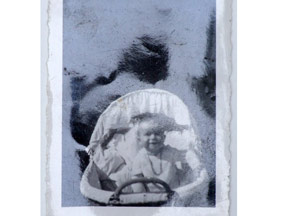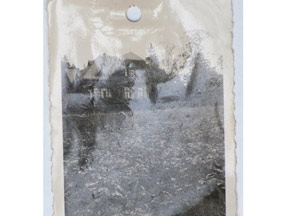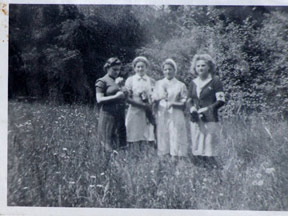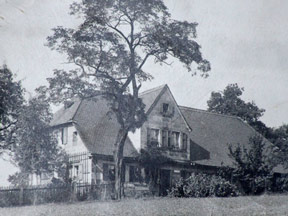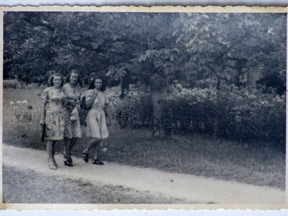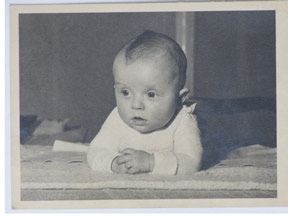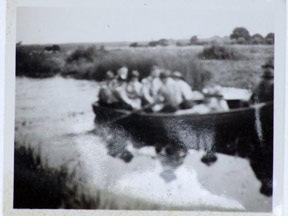Biography
What is known about Joseph Wagenbach?
Only limited facts have become available that pertain to Joseph Wagenbach's biography and there are unresolved gaps.
Joseph Wagenbach[1] was born on January 18th 1929, in Winsen (Aller), a small town in Lower Saxony, near Celle, North of Hannover. Register records show him to be the fourth child in a family that ran a small rural inn, the "Wagenwirt", which also had an attached farm.
Joseph spent his early years working at the inn and helping out on the farm. He attended elementary and secondary school in his home town. His oldest brother was drafted into the army in 1939, the second son in the family followed in 1941. Nothing is known of Joseph's sister, the third child. Finally in 1944, Joseph's father too was drafted to military service. When both his older brothers died in the war and his father was reported missing, young Joseph became responsible for the inn. However, German records show that Joseph's father returned in 1946 as a Russian prisoner of war and Joseph left the inn only two weeks later to move to Berlin. In 1948 he apparently married a French woman, who was employed with the administration of Berlin's French sector.
He seems to have moved to XVe arrondissement in Paris for a brief period of time between 1954 and 1956, where his appearance is recorded by the artist Daniel Spoerri, when working on his "Fallenbilder" (trap pictures) tells about his encounter with Wagenbach:
"One time I met a waiter, who spoke French poorly, who assisted me in mounting one of the trap pictures. I visited him once in his flat. [...] He didn't like to socialize and rejected every attempt I made to get to know him better, by telling me that he will move to Canada soon."
Given the compact community of artists, it is not impossible that Wagenbach may also have met
Constantin Brancusi
![]() who lived and worked in the 15e arrondissement during that time, but we have no evidence of such an encounter.
who lived and worked in the 15e arrondissement during that time, but we have no evidence of such an encounter.
We do not yet have records of Wagenbach's life between 1956 and 1962. His Canadian immigration papers of April 1962 do not mention a spouse. Joseph settled in downtown Toronto, acquiring the house at 105 Robinson Street in 1967. Documents from the summer of 1971 relate to a young woman named Anna Neretti who shared his address. Anna appears to have moved out of Joseph's house, in 1974.
Throughout his life in Canada, Joseph Wagenbach worked as a stock clerk, a truck-driver, a waiter, a janitor, and may have worked as a store clerk in a Salvation Army store. He lived a reclusive existence. The exterior of his house was unassuming and did not suggest anything remarkable about its interior space, except, perhaps, Wagenbach's peculiarity of keeping his windows taped over with newsprint. His neighbours recall hearing noises at times that suggested ongoing renovation. He was also sometimes seen outside the house performing repairs, transporting cement from the nearby building materials supplier with a two-wheeled trolley, and mowing the patch of grass of the small, tidy front yard. His artistic production however was probably created in complete solitude.



